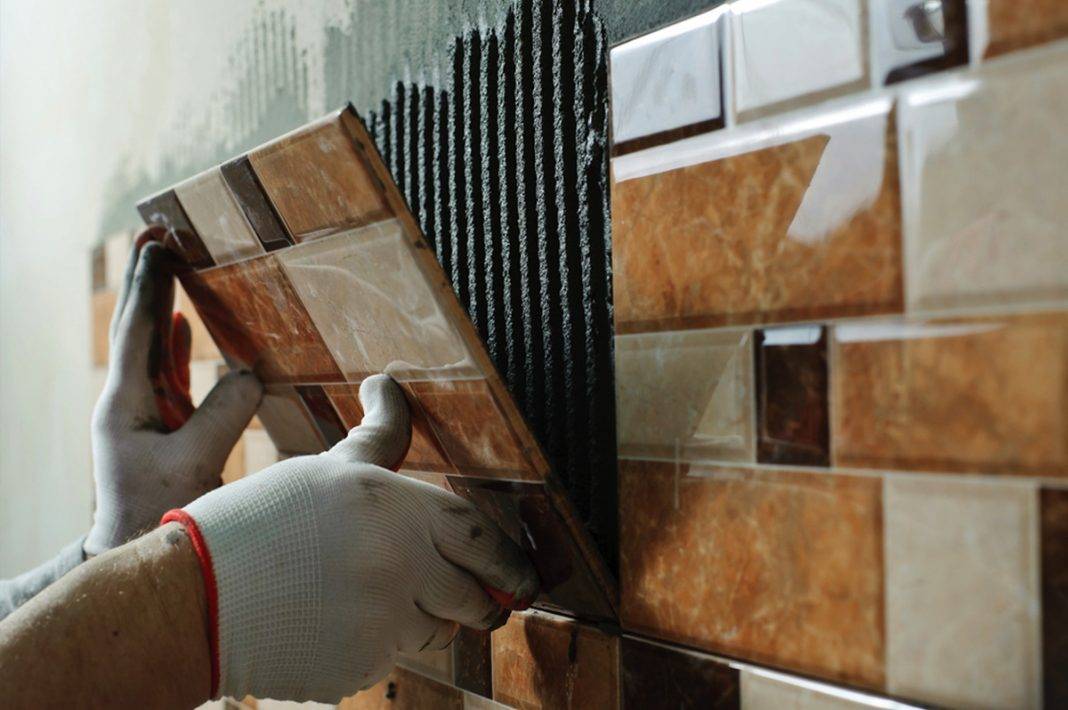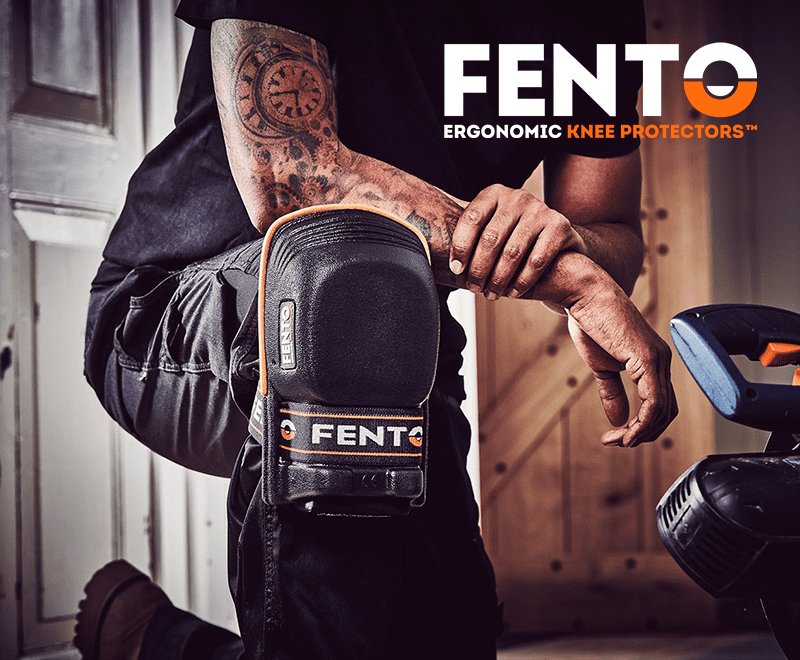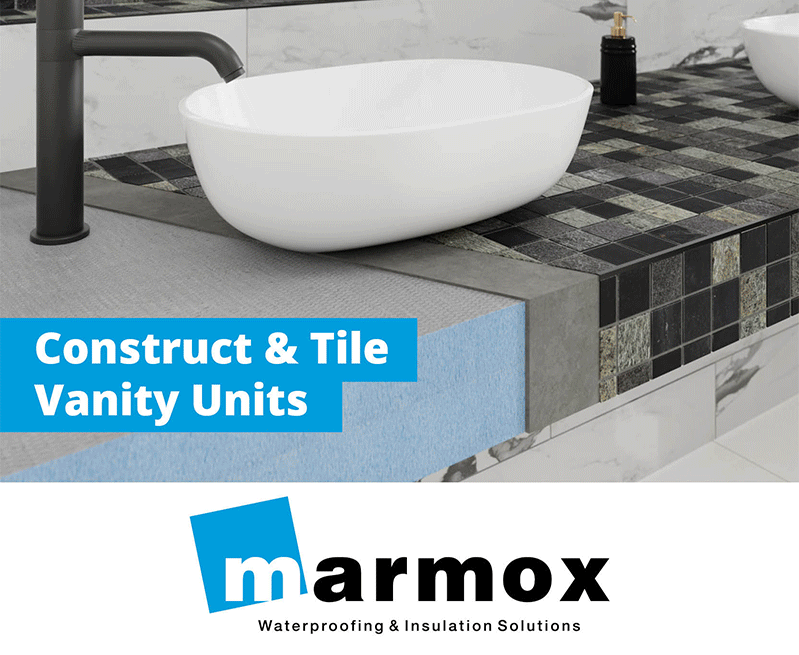By Ivan Ong, Vice President, Research and Development,
and Tara Conley, Director of Regulatory Affairs, Microban International Ltd.
Titanium dioxide (TiO2) has many industrial uses in paints, adhesives, floors, roofing materials, and even cosmetics. Its antimicrobial properties have driven its use in ‘self-cleaning’ coatings for outdoor surfaces for many years. However, with new variations sparking concerns over safety, the industry is turning to better and safer built-in alternatives.
TiO2 interacts with strong UV light and moisture to produce reactive oxygen species (ROS) that can oxidise organic matter, including that in microbes. The intensity of indoor light, however, is insufficient to generate ROS efficiently.*
In an attempt to overcome this issue, manufacturers of ceramic and glass products are now offering a new variant of TiO2 that is doped with additional elements and compounds that is claimed to kill microbes under room lighting and, in some cases, even in the dark. Unfortunately, this new formulation continues to raise health and safety concerns for workers in both the manufacturing and construction sectors and, ultimately, consumers.
Is it safe to use a known carcinogen?
The International Agency for Research on Cancer (IARC) has classified TiO2 as a Category 2B carcinogen, which carries the designation of ‘possibly carcinogenic to humans’ by inhalation.
In 2020, the European Chemicals Agency (ECHA) also classified TiO2 as a Category 2 carcinogen suspected of causing cancer via inhalation. Although not fully studied, there is the potential for exposure to a suspected carcinogenic substance for production workers, construction professionals, and even homeowners. Prolonged exposure to inhalable dust or fine droplets containing TiO2 during the manufacture, cutting and laying of ceramic tiles could affect individuals not equipped with proper PPE and using proper ventilation.
Cumulative toxicity
The safety of this new class of TiO2 formulations has yet to be properly investigated but, given that dopants such as heavy metals have been used to activate the chemistry under visible light, there is a real risk that toxicity is increased even further.
For example, the toxicological profiles of TiO2 and one of the additives – tin (IV) oxide (SnO2) – have each been assessed under the European Union’s Registration, Evaluation, Authorisation and Restriction (REACH) regulations, but no toxicological assessment has been performed on the blended TiO2/SnO2 technology. The blending of these two products together could enhance or exacerbate toxicity in either moiety. And this is just one of the added chemicals; the same question could be asked of them all.
Nanocomposites and free radicals
Many of these newly developed chemistries are nanocomposites. Regulatory agencies are increasingly concerned about these materials, as risk assessments performed on standard chemistries underestimate the toxicological profile of the same chemistry in its nanoform. These forms may pose a higher risk potential through exposure by inhalation or dermal penetration, especially when these materials are sprayed as part of the ceramic glaze during the manufacturing process.
There are also worries that TiO2-treated ceramic floorings constantly release free radicals under room lighting. The body’s exposure to these species – for example, through the bare foot and into the blood stream – could potentially result in oxidative stress to the body, triggering diseases such as atherosclerosis, asthma, diabetes and cancer. TiO2’s oxidising potential has traditionally been largely confined to outdoor applications, where there is no danger to humans, as free radicals quickly react with atmospheric compounds. When used indoors, it has been touted as being able to react with and neutralise airborne pollutants, including organic molecules released from cigarettes, cooking, aerosol products and carpet VOCs. However, there is no published evidence showing that free radical breakdown of indoor pollutants by TiO2 is safe for humans, or that there is no downstream generation of toxic by-products from this neutralisation process. Research must be carried out to prove that no toxic chemicals are generated or available for human exposure.
Are there any safer alternatives?
The adoption of TiO2 technologies for indoor ceramic products and surfaces seems premature, and further peer-reviewed studies are undoubtedly necessary to be able to reassure manufacturers and consumers alike regarding the safety of treated tiles.
In stark contrast, alternative built-in antimicrobial technologies are well-regulated, and adhere to all the relevant safety standards. For example, silver-based chemistries can be permanently and durably incorporated into a variety of ceramic products to impart high-performing antibacterial and antiviral properties, without the need for strong UV light for activation. With such an effective and safer alternative to TiO2, it is no wonder that several ceramic specialists are now turning to these technologies to achieve built-in antimicrobial product features.
For more information, visit www.microban.com.
• Welch, K. (2016). Passive Purification – Effectiveness of photocatalytic titanium dioxide to convert pathogens and pollutants. Microban International.








